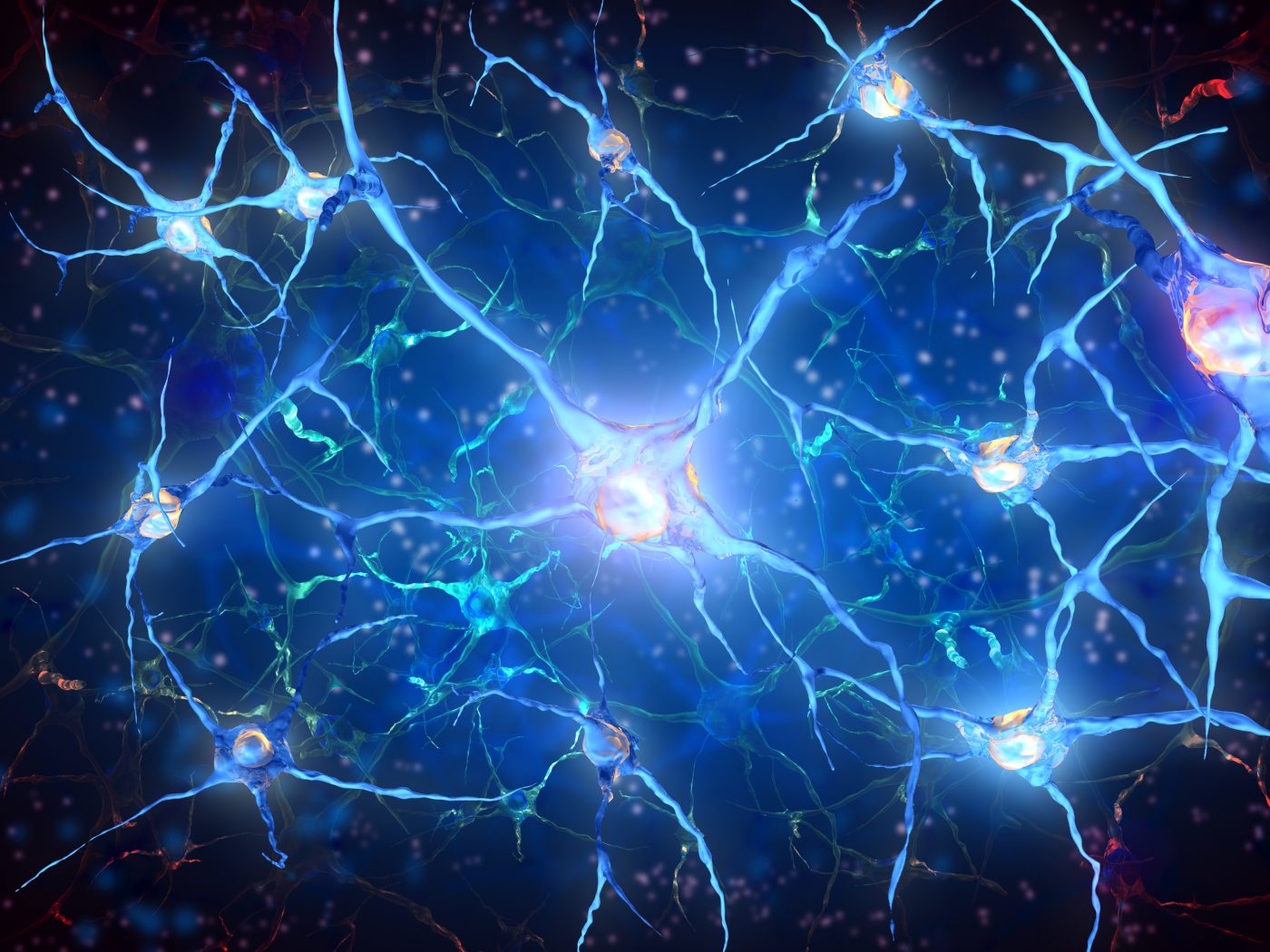In Parkinson’s and Like Diseases, Cleansing Proteins Are Disrupted

Researchers have identified a specific protein involved in the functional upkeep of synaptic activity and detailed the process behind optimal neurotransmission — an activity whose breakdown is a defining feature of Parkinson’s and other neurodegenerative diseases. The research paper, entitled “Hsc70-4 Deforms Membranes to Promote Synaptic Protein Turnover by Endosomal Microautophagy” was published in Neuron.
Synapses are structures that allow communication via electrical and chemical signaling between nerve cells and, therefore, are essential for the proper neuronal function that is behind thought, speech, and voluntary and involuntary actions. Failure and impairment of synaptic function are important in the pathogenesis of Parkinson’s disease, Alzheimer’s disease, amyotrophic lateral sclerosis (ALS), and like conditions. Damage, caused by synaptic activity and stress, can result in the accumulation of protein waste and cellular debris, but usually such damage is resolved by recycling mechanisms developed by synapses. However, when this repair mechanism is disrupted, protein waste can clump and lead to faulty synaptic transmission and the onset of neurodegeneration.
To better understand the recycling processes and the communication between neurons, researchers from the Flanders Institute of Biotechnology (VIB/KU Leuven) performed a large-scale in vitro screen followed by functional studies. The in vitro and in vivo studies of proteins involved in cellular waste degradation led to the identification of a presynaptically enriched chaperone Hsc70-4 whose dual activity, such as membrane deforming and targeting specific proteins for degradation, promotes the process of endosomal microautophagy. This process helps to clean up the synaptic site by engulfing the cellular and protein waste in a membrane and then discarding it. Furthermore, researchers discovered that loss of microautophagy slows down synaptic communication, while a gain in microautophagy increases neurotransmission.
According to Professor Patrik Verstreken, lead investigator of the study, “Fortunately, synapses are capable of breaking down and ‘recycle’ damaged cellular components. Our study has largely revealed the process behind this. It is quite a significant discovery, especially when you consider that many neurological diseases, such as Parkinson’s, ALS or dementia, but also speech or motion disorders for instance, are caused by the disruption of synaptic transmission.”
Work that unveils both the synaptic process and its disruption is a step forward in understanding the underlying causes of neurodegenerative diseases, while holding the potential to identify new drug targets for these degenerative conditions.






